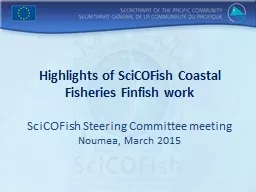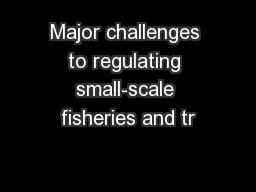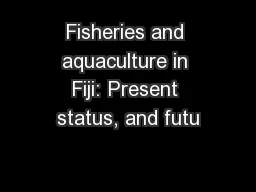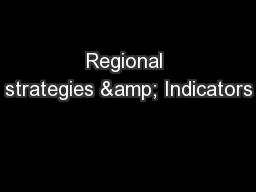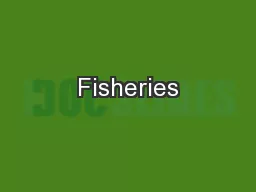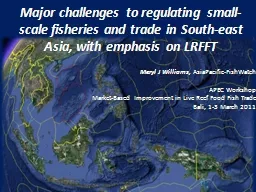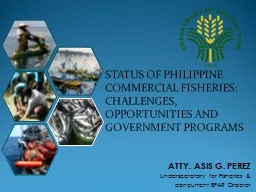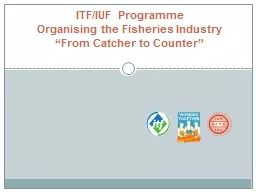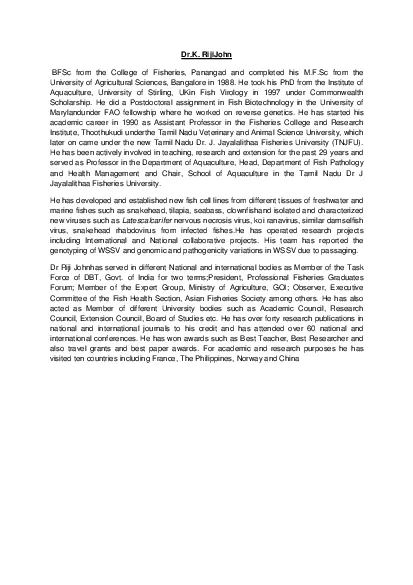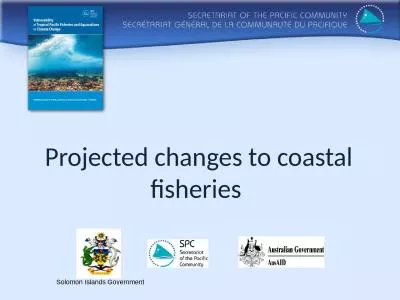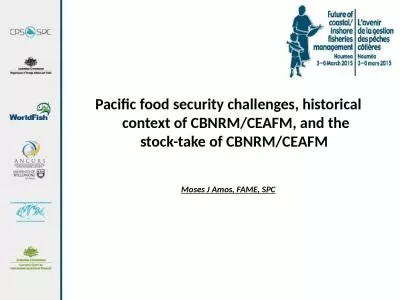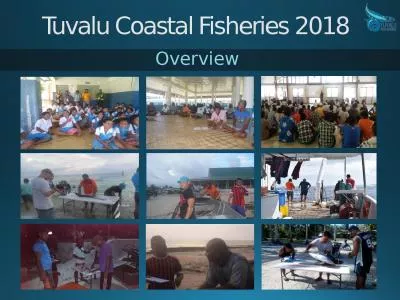PPT-Highlights of SciCOFish Coastal Fisheries Finfish work
Author : olivia-moreira | Published Date : 2017-05-09
SciCOFish Steering Committee meeting Noumea March 2015 Coastal fisheries Provide 5090 of protein intake for coastal communities Very important for local incomes
Presentation Embed Code
Download Presentation
Download Presentation The PPT/PDF document "Highlights of SciCOFish Coastal Fisherie..." is the property of its rightful owner. Permission is granted to download and print the materials on this website for personal, non-commercial use only, and to display it on your personal computer provided you do not modify the materials and that you retain all copyright notices contained in the materials. By downloading content from our website, you accept the terms of this agreement.
Highlights of SciCOFish Coastal Fisheries Finfish work: Transcript
Download Rules Of Document
"Highlights of SciCOFish Coastal Fisheries Finfish work"The content belongs to its owner. You may download and print it for personal use, without modification, and keep all copyright notices. By downloading, you agree to these terms.
Related Documents

